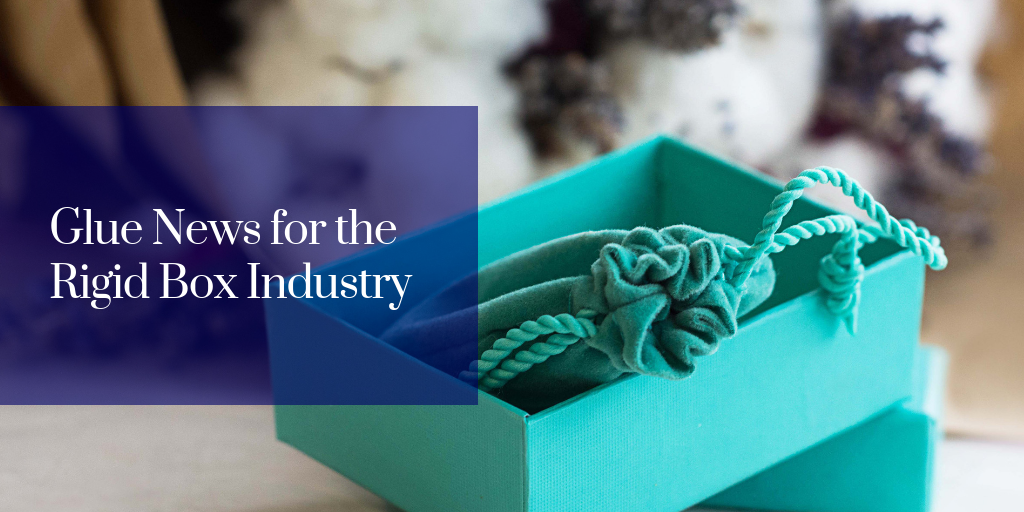LD Davis has hide glue (animal glue) formulas to solve a problem that has recently plagued the rigid box industry.
We are not just an adhesive manufacturer, we provide adhesive solutions for any problem.
Rigid Boxes and Glue
A rigid box is constructed by laminating a substrate around a rigid chipboard form using hide glue to create whatever look the company wants for the box. A cigar box is a good example of a rigid box. Substrates can be almost any material; paper, foil, leather and fabrics are generally used. Most companies use a machine such as an Emmeci machine for lamination. These laminating machines use hide glue, also known as protein glue or animal glue, to glue the substrate to the chipboard to construct the rigid box.
LD Davis has a long history of manufacturing glues for application with laminating machines.
Rigid Box Challenges
Recently, LD Davis sales representatives discussed with their rigid box clients about how they have been experiencing trouble getting some substrates to adhere to the chipboard with hide glue in the manner to which they're accustomed.
After running tests to determine our hide glue was not causing the problem, we then turned to the boards. We made it our mission to solve this problem for our clients because we are committed to providing glue solutions for any difficulty. We obtained some different samples of the boards they use, some from when they were having no problems, and some newer boards where hide glue adhesion has been an issue.
Our Technical Service department in our lab in North Carolina performed some tests on samples of the board obtained from customers. We discovered significant differences between what we call the "old" and "new" boards.
The Process
First, we used an Infrared scanner to see differences in the board on the molecular level, which did not prove to be too significant. We often use this scanner to study our glues and other products at the molecular level to ensure that we are selling you the best possible product. When we tested how long it took for water to penetrate the board, we found a significant difference between the old and new boards.
While it took about 47 seconds for water to fully penetrate the old board, it took a whopping 269 seconds for the new board! Water penetration is a major factor in hide glue adhesion, as it is a water-based adhesive. We now knew that the board was definitely the cause of the problem.
Glue To Solve the Issue
Through further testing, we concluded that the new board had some kind of coating on it. Since there is nothing we could do about the composition of the board, we formulated a new glue formula that has the ability to laminate a substrate to the new board using hide glue just as well as the old ones.
The new formula has an added component that enables the glue to penetrate the coating to form a strong bond with the chipboard fibers. We were excited to be able to provide a solution to our hide glue customers.







